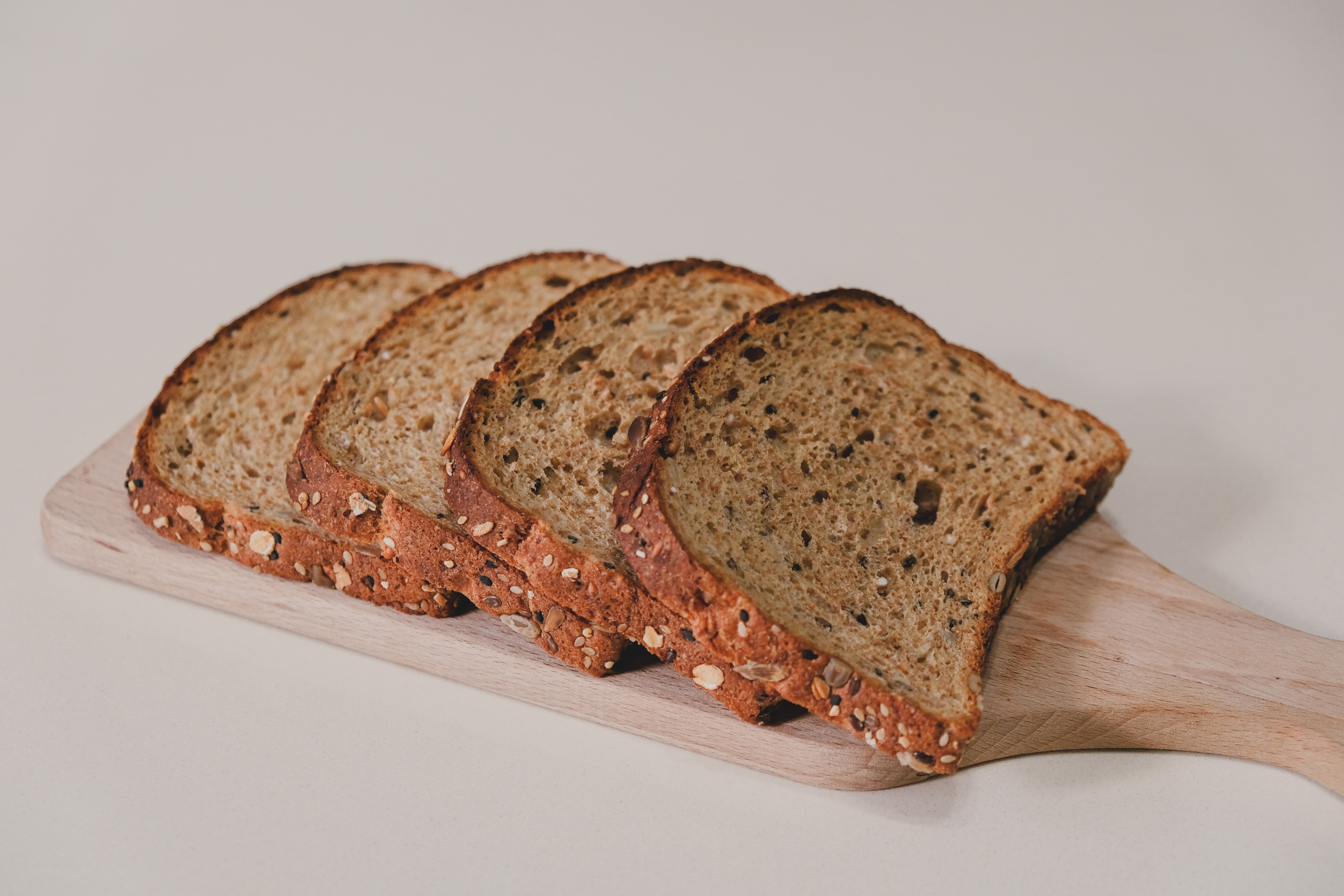10 Easy tips to make healthier food decisions
‘Your body is a temple, but only if you treat it as one.’
Making healthier food decisions helps with having a healthy, well-balanced diet. A healthy balanced diet can help you to maintain a healthy weight, support your immune system, and reduce your risk of health conditions such as heart disease, diabetes and some types of cancer.
A healthy diet provides the energy and nutrients that your body needs for your daily activities. It is important to include foods from each of the food groups in your diet to ensure that you are getting all the nutrients your body needs.The four main food groups are:
- Carbohydrates: Carbohydrates are an important source of energy for the body, and they are also needed for the proper functioning of the brain and nervous system. However, it’s important to choose carbohydrates wisely and aim for complex carbohydrates that are high in fibre and nutrients, rather than simple carbohydrates that are high in sugar and low in nutritional value.
- Fruits and vegetables: To achieve good health, both fruits and vegetables are crucial as they offer a vast array of nutrients that are essential for maintaining overall well-being. They are rich in vitamins, minerals, fibre, and antioxidants, which play a pivotal role in maintaining healthy body functions and warding off chronic illnesses. Compared to fruits, vegetables are typically lower in sugar and higher in fibre, making them an ideal choice for sustaining healthy blood sugar levels and promoting digestive wellness. Ultimately, consuming a diverse range of fruits and vegetables is the key to a healthy diet. It’s essential to select fruits and vegetables of various colours and types to ensure you receive a broad spectrum of nutrients.
- Proteins: Proteins are essential for the growth, repair and maintenance of tissues in the body. Some other important roles proteins play in the body are that certain hormones are made up of proteins and are essential for regulating bodily functions. And, some proteins are important for immune system function and help protect the body against infections and diseases.
- Dairy or dairy alternatives: Dairy products are an important source of several essential nutrients, including calcium, vitamin D, and protein. Dairy alternatives can also be used to provide similar nutrients. Dairy alternatives are typically made from plant-based sources, such as nuts, seeds, grains or legumes.

2. Add greek yoghurt to your diet: greek yoghurt contains up to twice as much protein as the same amount of regular yoghurt does. Eating a good source of protein can help you feel fuller for longer, which can help manage your appetite and reduce your food intake, if that is your goal3.
3. Increase your protein intake: Due to its ability to affect your hunger and satiety hormones, it is often considered the most filling of macronutrients3. Also, protein helps you retain muscle mass and may also slightly increase the number of calories you burn per day4. If you are trying to lose weight, aim to add a source of protein to each meal and snack. Protein is an essential nutrient that helps to slow down the digestion process, keeping you feeling fuller for longer periods. This means that if you consume a protein-rich lunch, you are less likely to experience hunger and cravings later in the day. There are two different sources of dietary protein: animal protein and plant-based protein. Animal protein comes from animal sources such as meat, poultry, fish, eggs, and dairy products. Animal protein is also usually high in heme iron, which is more easily absorbed by the body than non-heme iron found in plant-based foods. Plant-based protein comes from sources such as beans, lentils, nuts, seeds, and some whole grains. While some plant-based proteins are complete proteins, many are not, meaning they do not contain all the essential amino acids in adequate amounts. However, by combining different sources of plant-based protein, you can still obtain all the necessary amino acids. Both animal and plant-based protein can be part of a healthy diet, and it’s essential to consume a variety of protein sources to obtain all the necessary nutrients for optimal health.

While we have evolved to get all necessary nutrients from our food, in some cases, such as when someone has a medical condition or follows a strict diet, supplements may be necessary to prevent a nutrient deficiency. However, it is generally better to get nutrients from food as it contains other important substances that contribute to good health. Having a varied and balanced diet that includes fresh, unprocessed foods is the best way to ensure we get all the nutrients we need.
Completely overhauling your diet all at once can be a recipe for disaster. Instead, try to incorporate some of the small changes listed above to make your diet healthier. Together, they’ll have a big impact on making your overall diet healthier and more sustainable, without a huge change in your habits. However, if you are curious about changing your habits, you may want to read this blog about using implementation intentions as a strategy for breaking habits, and creating new ones.

Milou Rutenfrans
Health Psychology & Communications




